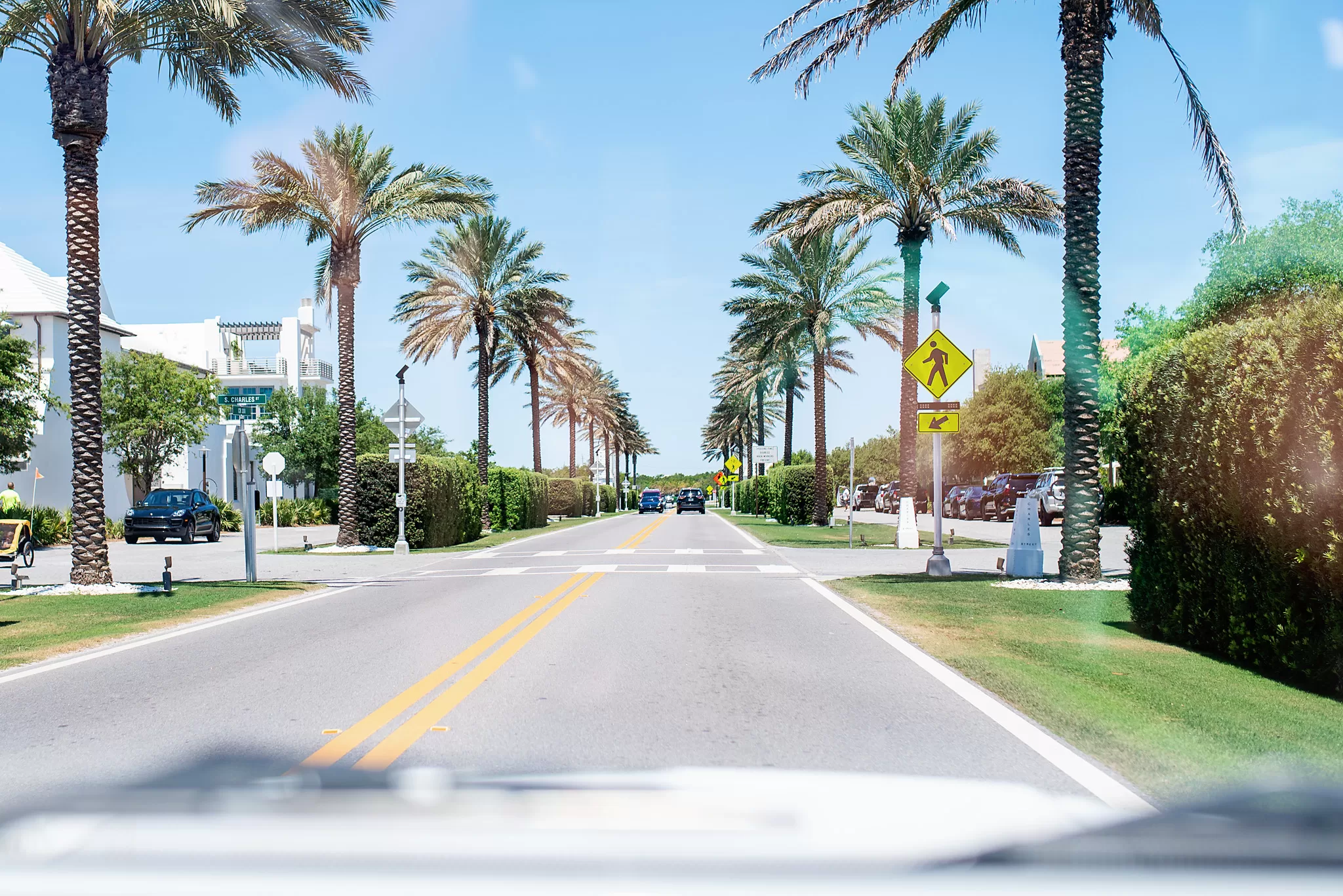
Are Golf Carts Street Legal in California Rules, LSV Basics, and Costs
California allows golf cart use on public roads in limited zones. Standard carts use signed 25-mph routes; broader access requires a titled, insured LSV.
Quick answer
California treats a true “golf cart” differently from a road-going Low-Speed Vehicle (LSV). A standard cart is generally limited to locally signed roads near golf facilities and 25-mph zones; anything intended for broader street use must meet LSV equipment rules, be titled/registered, and be insured. Street legal golf carts are built for this kind of use, so make sure your cart meets these standards before taking it onto public roads.
What the California Vehicle Code calls a “golf cart”
Under Vehicle Code §345, a golf cart is designed to carry golf equipment and no more than two people, has an unladen weight under 1,300 lb, and is operated at no more than 15 mph. This is a narrow definition and it matters—once you exceed 20–25 mph territory, you’re in LSV/NEV rules, not “golf cart” rules. Street legal golf carts generally have higher speed limits and more stringent regulations.
Where non-LSV golf carts may drive
By default, golf carts may be operated only in 25-mph zones and typically where a local authority has adopted an ordinance and posted signage—often within about one mile of a course or inside a planned development. Outside those designated areas, carts are not allowed on public highways. Street legal golf carts may operate more freely but must meet higher standards.
What is an LSV in California?
California adopts the LSV category defined in §385.5: four wheels, capable of more than 20 mph and not over 25 mph, and a GVWR under 3,000 lb. LSVs are motor vehicles: they must meet federal safety standards (FMVSS 500 equipment), be titled and registered, and carry insurance. On public roads, LSVs are limited to streets posted 35 mph or lower (with specific crossing allowances), and cities may further restrict them. Street legal golf carts must meet these equipment standards to operate legally.
How to make a golf cart street legal in CA (LSV route)
- Confirm performance: If your cart can exceed 20 mph (but not 25 mph), you’re in LSV territory; if it’s 15 mph and under, it remains a “golf cart” with very limited street access. Street legal golf carts are typically configured for higher speeds.
- Install required equipment: Headlamps, tail/stop lamps, front and rear turn signals, reflectors, mirrors (both sides), windshield, horn, parking brake, seat belts for all seating positions, and a VIN/compliance labeling to satisfy inspection. (These align with FMVSS 571.500 for LSVs.)
- Title & register as an LSV: Visit DMV to title/register the vehicle; LSVs follow the same registration framework as motor vehicles.
- Carry required insurance: Once registered, you must maintain insurance like any other motor vehicle.
- Follow road limits: Operate only on roads posted ≤35 mph; you may cross faster roads at proper 90-degree intersections; always check for additional city/county restrictions.
How much does it cost to register a golf cart in California?
It depends on how it’s used. If your vehicle remains a true “golf cart” used only on locally designated roadways near a course, it’s typically exempt from registration under DMV guidance. Once it’s configured and inspected as an LSV, the DMV treats it like other motor vehicles for titling and registration—fees follow the standard schedule (title, registration, license/plate, applicable taxes), which varies by county and transaction. Use the DMV’s fee tools or ask your dealer for an itemized estimate.
Compliance tips
- Verify your city/county ordinance and posted signage before driving a non-LSV cart off-course.
- Confirm your speed class: 15 mph and under = “golf cart”; 20–25 mph = LSV/NEV rules.
- Plan your routes along ≤35-mph roads and legal crossings if you operate an LSV.
Make local travel smoother
If you want comfort, range, and modern guidance in a compliant package, consider a purpose-built golf cart platform configured to meet California requirements. In practice, the right setup—plus smart GPS cart tools—keeps neighborhood trips simple while staying within the law.
Note: Laws and local ordinances evolve. Always confirm current rules with your municipality and the California DMV/Vehicle Code before operating on public roads.
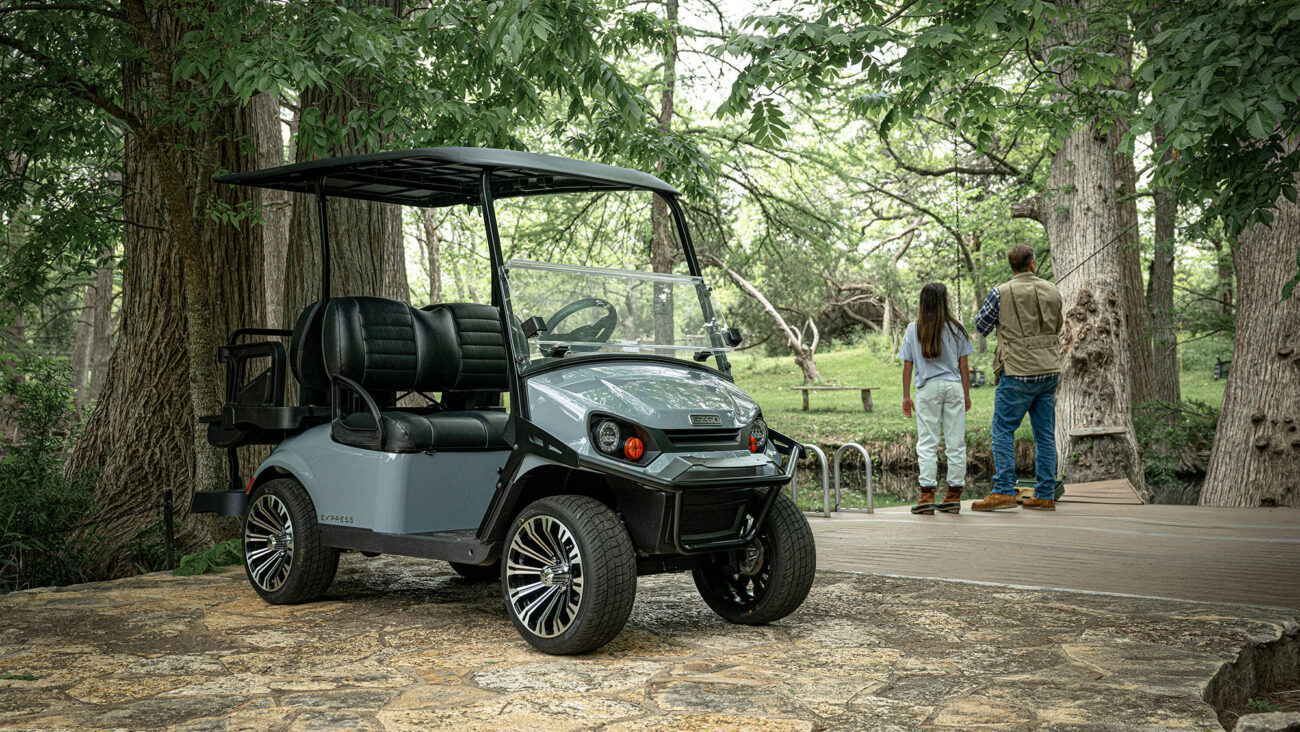
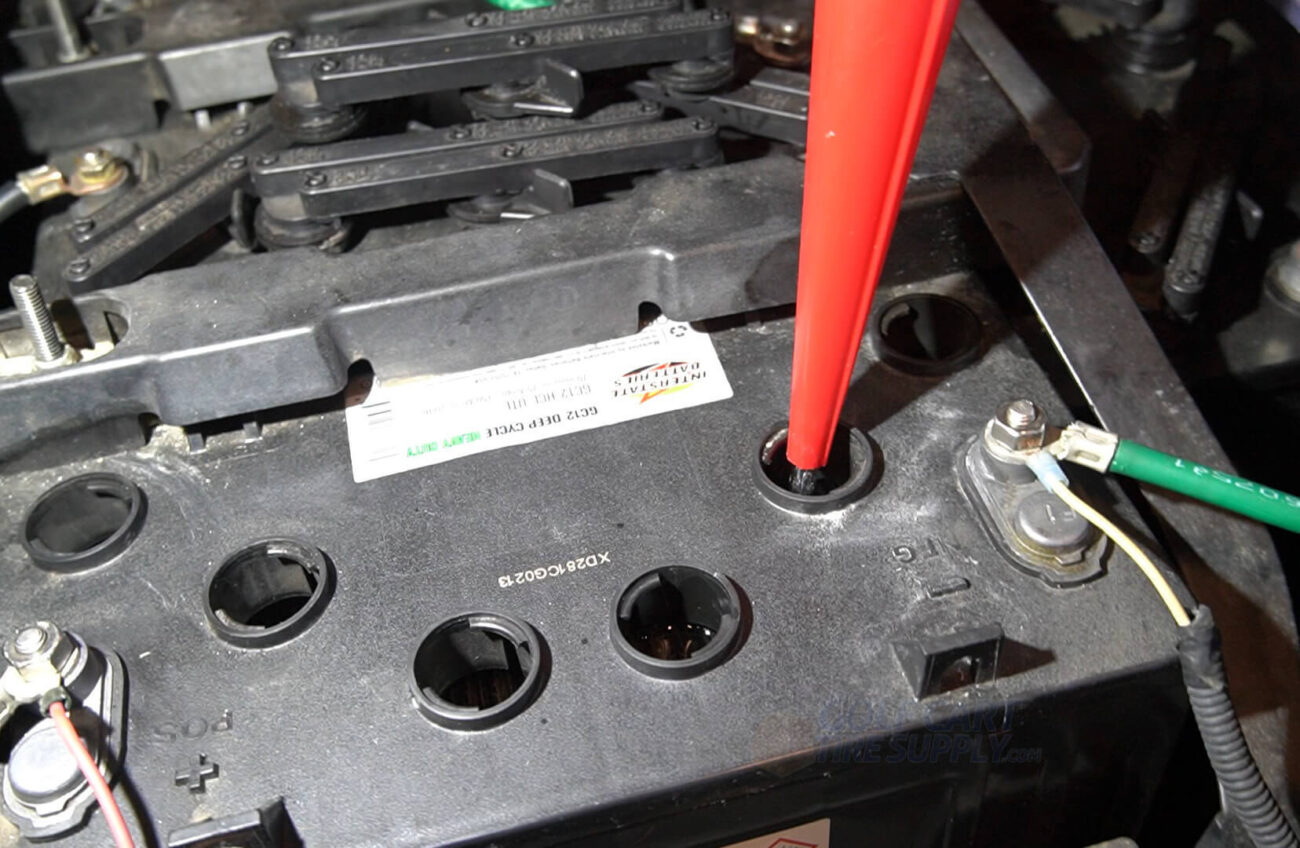
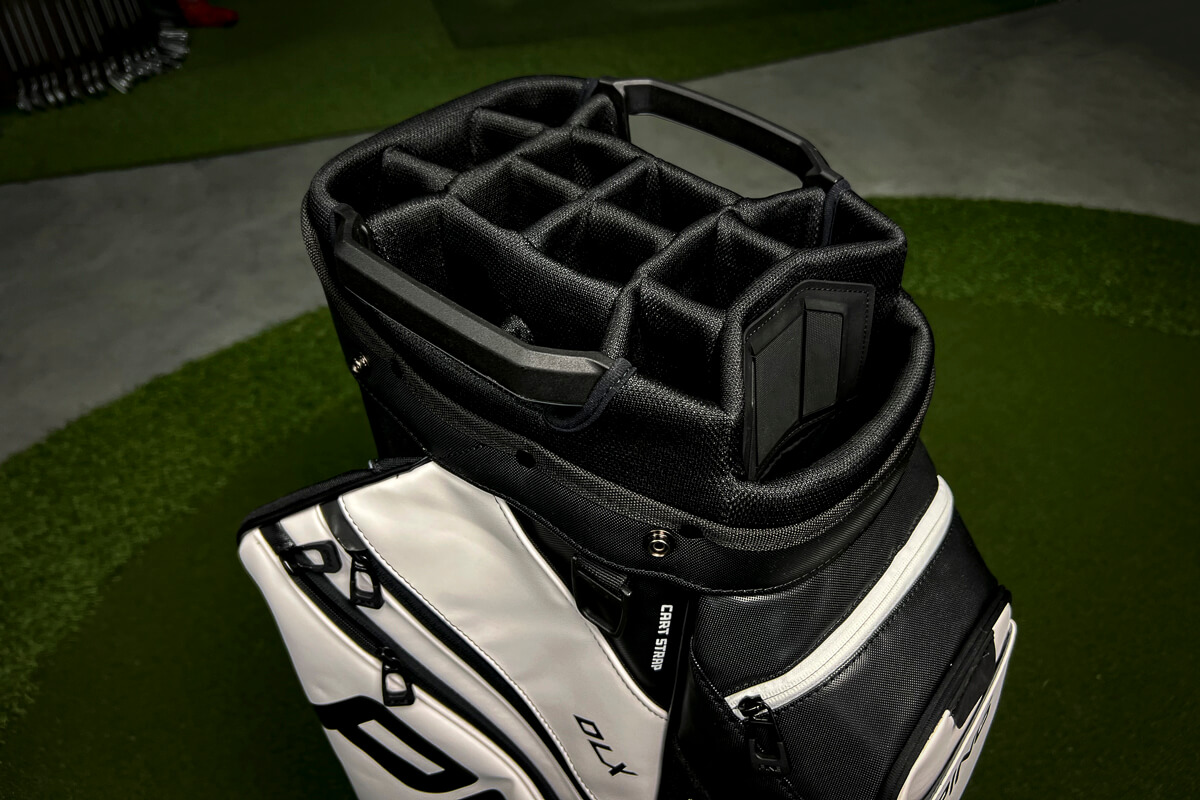

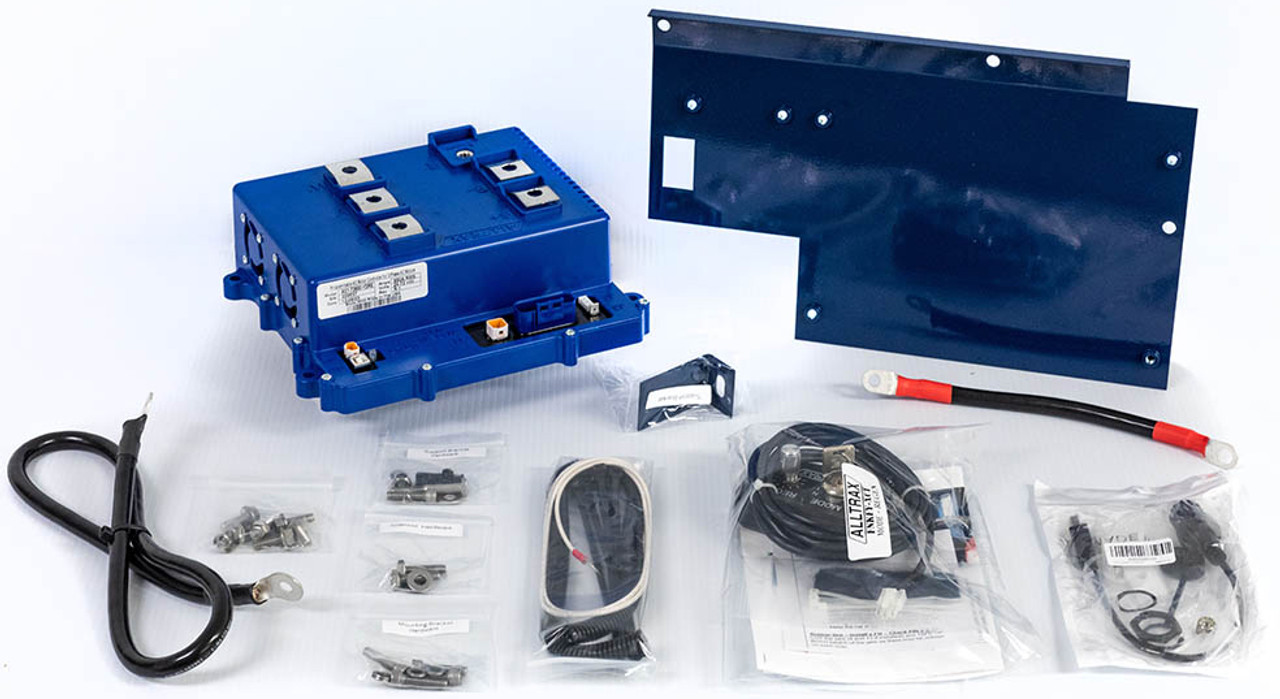
Add a review
Your email address will not be published. Required fields are marked *